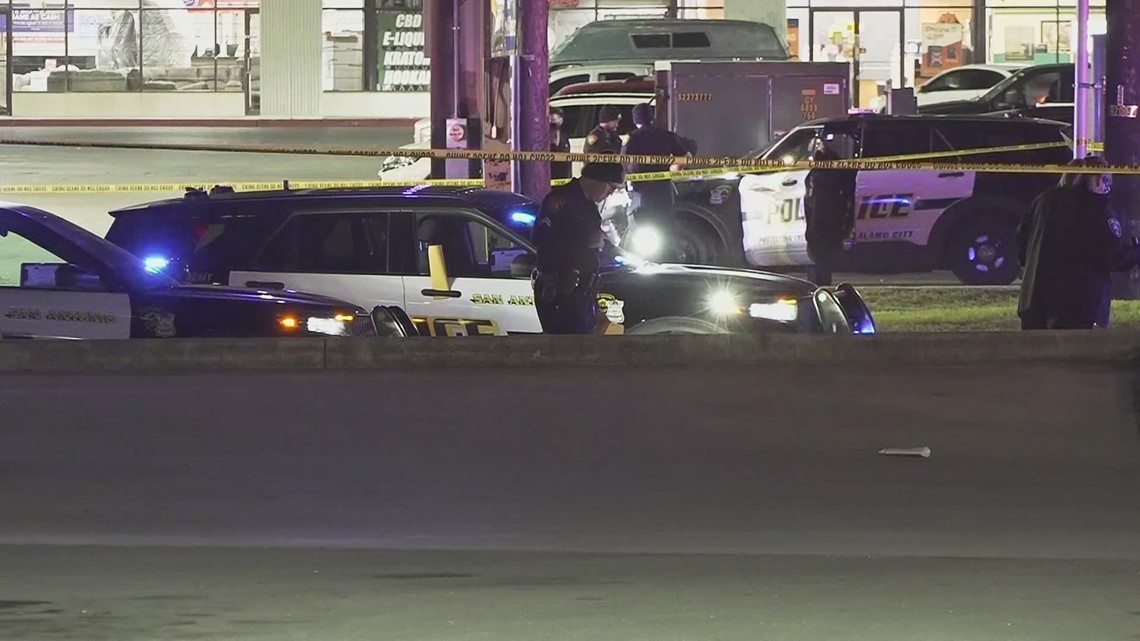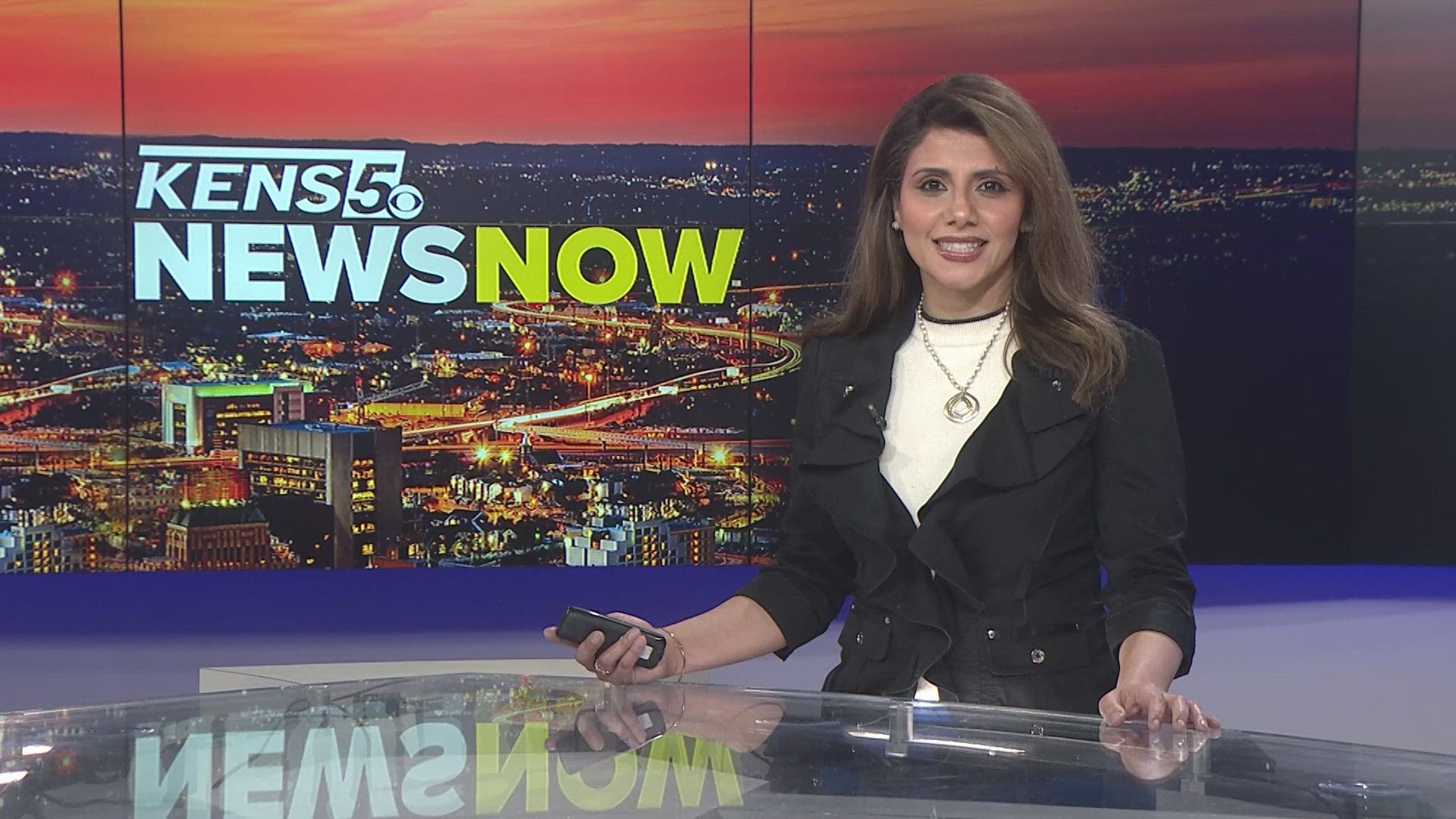SAN ANTONIO — It is San Antonio Police Department policy – and has been for over a year – that body camera footage worn by officers during certain "critical incidents" is to be shared with the public within 30 days, in the interest of transparency.
It's that policy that has allowed the public and news media to more closely scrutinize high-profile situations where police were hurt in the line of duty or pulled the trigger on their own service weapons, including various dangerous encounters with wanted felons last summer. As of now, however, SAPD says it won't release body camera footage from a recent run-in with police that turned violent, even as the 30-day mark has passed.
What happened?
Just after 1 a.m. on the morning of Jan. 13, authorities say, police were attempting to pull over a speeding driver on the west side. He eventually slowed down, turned on his hazard lights and came to a complete stop.
As officers approached the car, however, the situation took a turn for the chaotic.
Court documents say a passenger in the car, 18-year-old Leandro Luevano, pulled out a handgun, chambered a round and said he was going to shoot the police. As SAPD Officer Dominic Muro approached, he saw the gun in the back seat and ordered Luevano not to reach for it.
Instead, records say, the teen raised the firearm and shot through the window, hitting Muro in the abdomen.


Two officers returned fire as Luevano allegedly then jumped into the driver seat and sped away, sparking a search. That evening, around 7 p.m., police tracked him to a home on Cat Mountain, about five miles west of where he allegedly shot Muro. Neighbors captured video of a heavy law enforcement presence on their street as they tried to apprehend Luevano.
Police said they eventually got inside only to find the teen dead of what they characterized as a self-inflicted gunshot wound.
Why won't body camera video be released?
Monday marked 30 days since the Jan. 13 attack on Muro, who was hospitalized for three days afterward. But when contacted by KENS 5 for an update, SAPD officials said they wouldn't release video of the incident, saying it didn't meet the department's criteria for a "critical incident" designation.
Specifically, while multiple officers fired on that early morning along Marbach, police said no one was struck by the gunfire before Luevano fled. That detail allows the department to withhold the body camera video, although Chief William McManus is able to release video of any police encounter if he determines it "serves a law enforcement purpose."
The body camera policy was introduced in December 2020, and initially allowed the SAPD a 60-day window to release body camera footage. It was reduced to a 30-day window in September 2022.
In what other circumstances must SAPD publicly release video?
The department is also required to release body camera footage of use-of-force incidents resulting in death or serious injury, per its policy. It doesn't, however, pertain to police shootings of animals, "unintentional discharge during pre-shift equipment checks or during training qualifications on the firing range."
Meanwhile, the law prohibits SAPD from releasing body camera video of serious incidents involving minors or suspected domestic violence. In any other case where McManus decides not to release body camera footage of a "critical incident," SAPD is required to specify why.
>TRENDING ON KENS 5 YOUTUBE:

